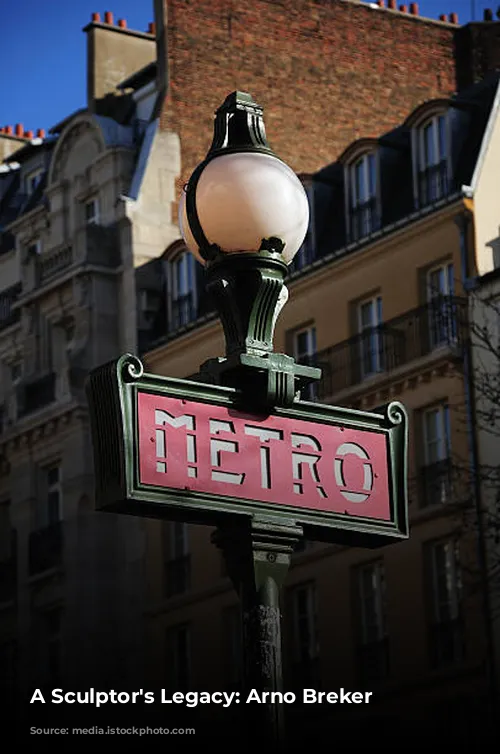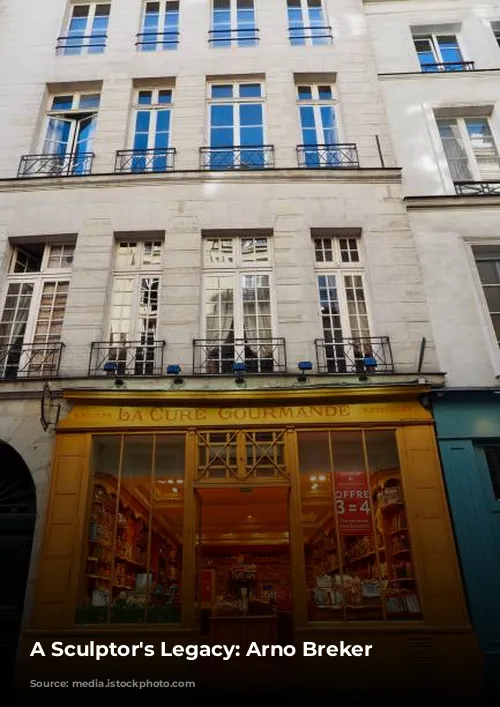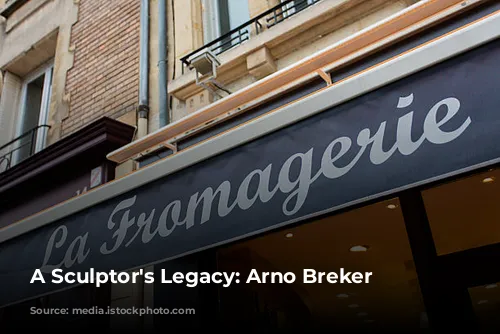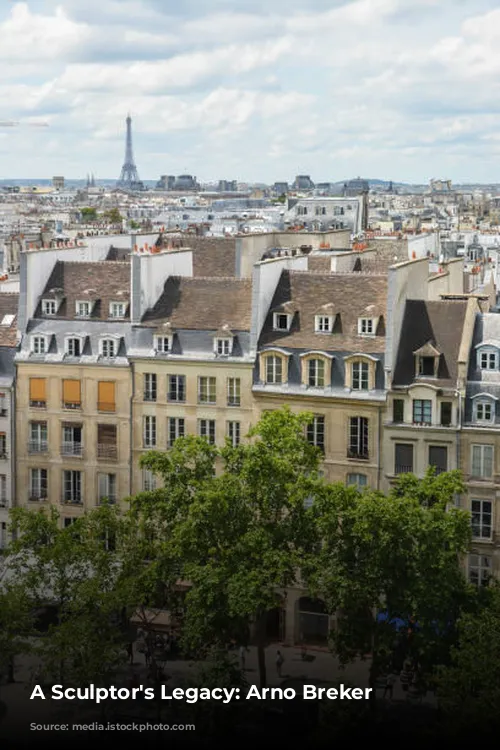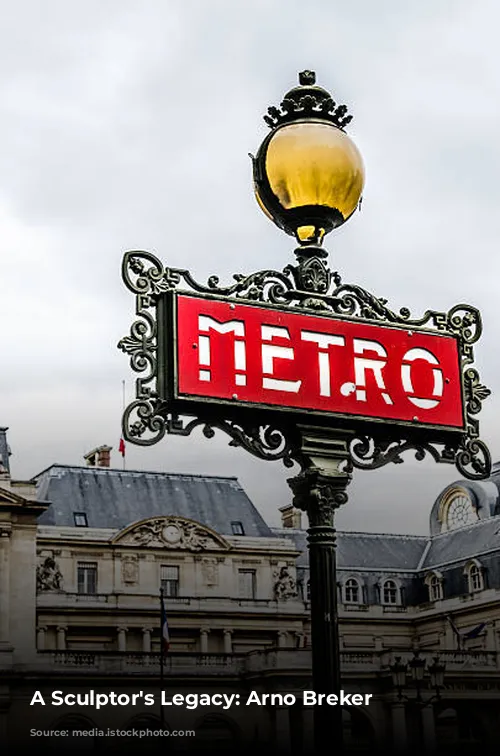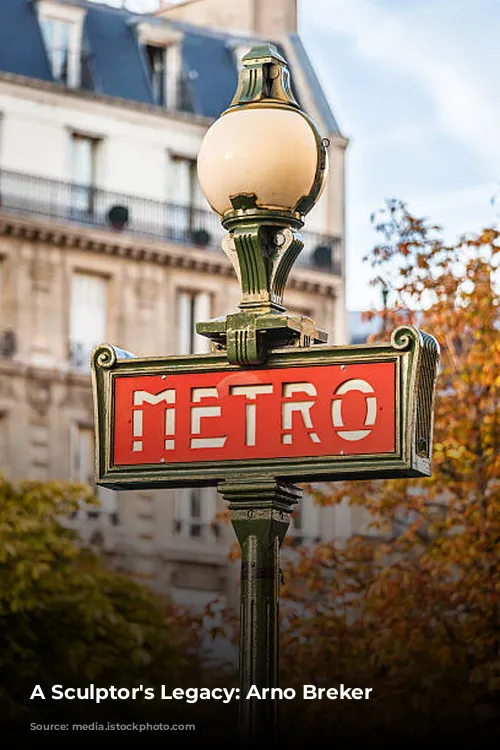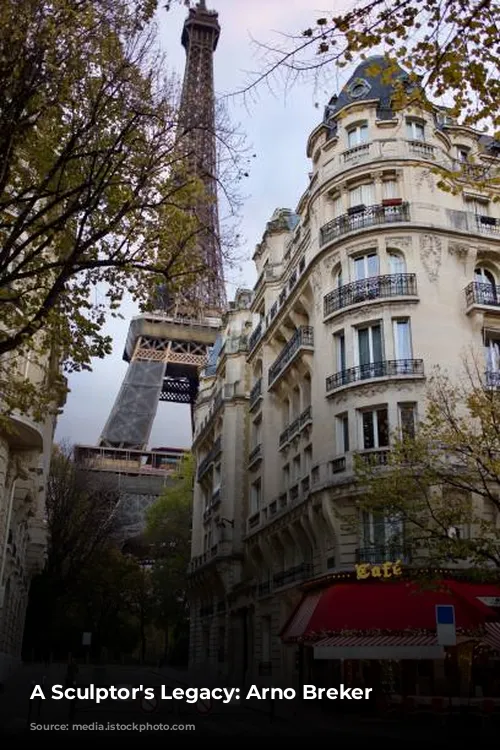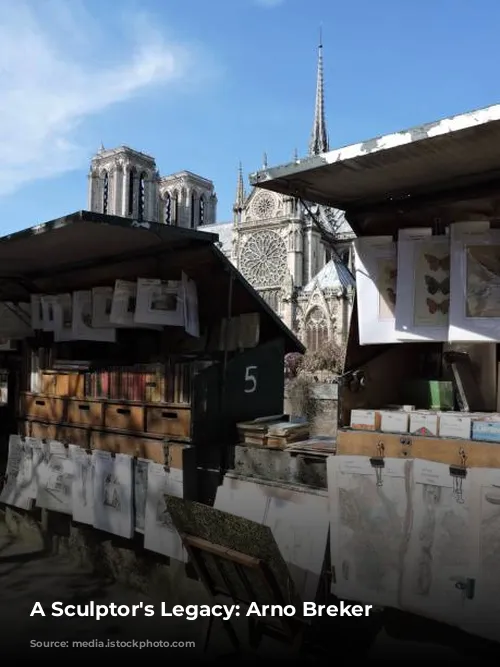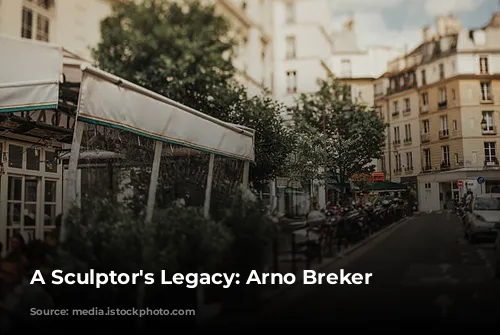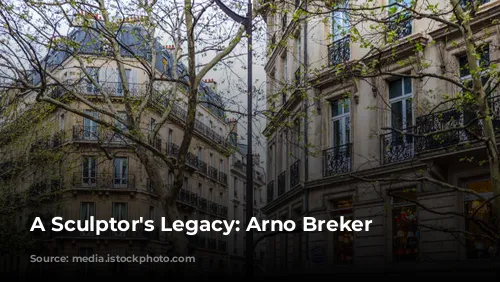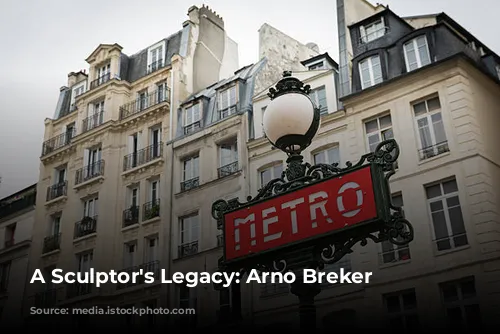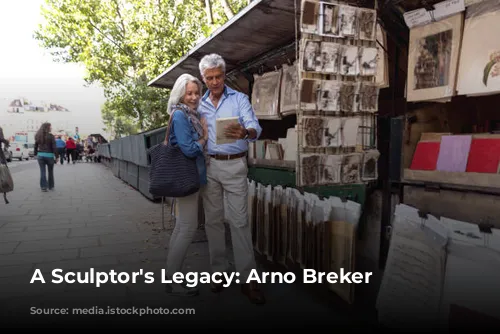Arno Breker (July 19, 1900 – February 13, 1991) was a prominent German sculptor whose life and work were intricately intertwined with the turbulent history of the 20th century. He is best known for his monumental sculptures created during the Nazi era, which were favored by the German elite and reflected the prevailing artistic tastes of the time.
Born in Elberfeld, now Wuppertal, Breker showed an early interest in art. His father, a stone mason, instilled in him a love for craftsmanship. He began his artistic journey by studying architecture, carving stone, and anatomy. At the young age of 20, he was accepted into the prestigious Düsseldorf Academy of Arts, where he focused on sculpture.
Artistic Beginnings and Early Influences
In 1924, shortly after completing his studies, Breker embarked on his first trip to Paris, the cultural hub of Europe. This transformative journey introduced him to renowned figures of the art world like Jean Renoir and Pablo Picasso, whose styles profoundly impacted his development. He was drawn to the artistic vibrancy of the city and made it his home in 1927.
Breker’s talent quickly gained recognition, and he was embraced by prominent figures in the art world. Art dealer Alfred Flechtheim championed his work, providing him with a platform for success. He forged meaningful relationships with key players in the art scene, solidifying his position as a rising star.
The Rise of a Nazi-era Sculptor
In 1932, Breker’s exceptional talent was acknowledged by the Prussian Ministry of Culture, which awarded him a prize. He returned to Germany in 1934, coinciding with the rise of the Nazi regime.
Breker’s artistic style resonated with the Nazi ideology, and he quickly gained favor with prominent figures, including Adolf Hitler, who became a significant patron. He received numerous commissions from the Nazi Party, including a prominent exhibition in Paris in 1942. Breker’s association with the Nazi regime extended to close relationships with high-ranking officials like Albert Speer, Hitler’s architect.
Iconic Works and Nazi Symbology
Breker’s sculptures epitomized the aesthetic ideals of Nazi Germany. His works, such as “Torchbearer”, and sculptures like “The Party” and “The Army”, which stood at the entrance of the Reich Chancellery, reflected the regime’s emphasis on power, strength, and a romanticized vision of Aryan superiority.
His status within the Nazi regime solidified with his appointment as a professor of visual arts in Berlin. However, with the fall of the Third Reich, Breker’s fortunes shifted dramatically. While many of his sculptures survived the war, the Allied forces destroyed over 90% of his public works, effectively erasing his artistic legacy from the public sphere.
Post-War Years and Rehabilitation
Following the war, Breker was branded as a “fellow traveler” of the Nazis and faced legal consequences. He returned to Düsseldorf, where he continued to pursue his artistic endeavors, focusing primarily on architectural projects.
Despite his association with the Nazi regime, Breker continued to receive commissions for sculptures, creating works in his signature classical style for businesses and private patrons. His post-war work included numerous portrait sculptures, showcasing his mastery of the human form.
Controversy and Legacy
In the 1970s, Breker’s reputation began to slowly rehabilitate. He was commissioned by the King of Morocco for a project for the United Nations Building in Casablanca, although this work was ultimately destroyed.
He also received commissions for portraits of prominent individuals like Anwar Sadat, further cementing his comeback. This rehabilitation culminated in the establishment of the Arno Breker Museum in 1985, showcasing his extensive artistic output.
However, this rehabilitation was met with significant backlash from anti-Nazi activists. Breker’s works were met with controversy, particularly during exhibitions in Paris and Berlin in 1981, where he faced protests. Breker’s supporters argued that he had never been a fervent Nazi ideologue, claiming that he merely accepted patronage from the regime.
Breker’s last major project was a monumental sculpture of Alexander the Great, intended for Greece.
Arno Breker’s life and work remain a complex and controversial subject. He was undeniably a talented sculptor whose art reflected the tastes and ideals of his time. However, his association with the Nazi regime casts a long shadow over his legacy, leaving a lasting debate about his art and its role in the dark history of Germany.
